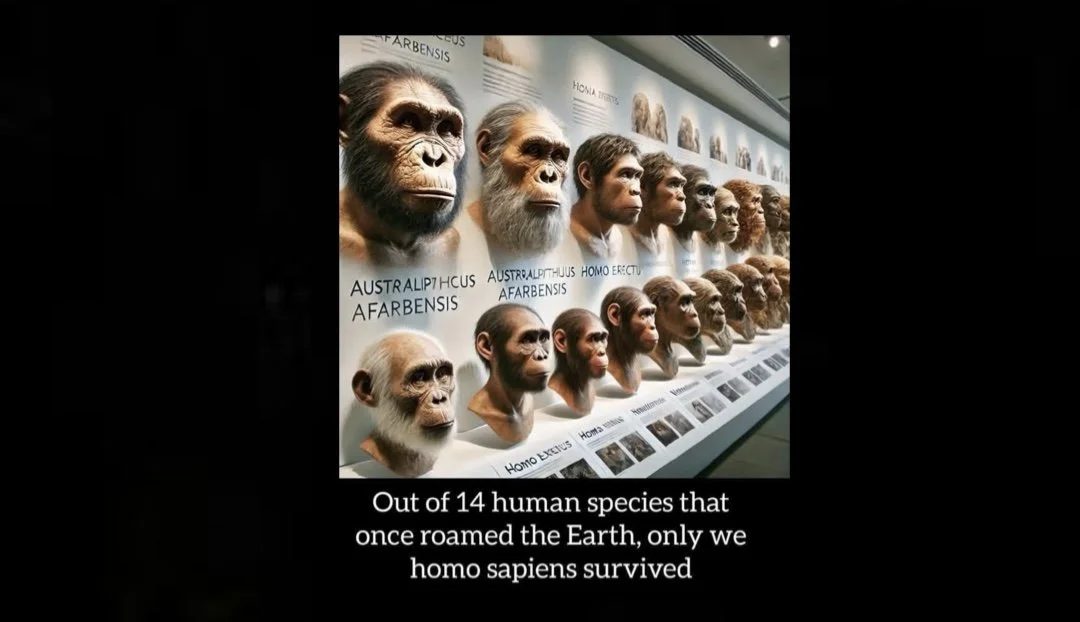The Intelligent Design of LUCA
In September 2024, Nature Ecology & Evolution published a major paper reconstructing LUCA by Edmund R. R. Moody, Tom A. Williams, Nick Lane, Ziheng Yang, Davide Pisani, Philip Donoghue, Timothy Lenton, and others. The authors state: “the common ancestry of all extant cellular life is evidenced by the universal genetic code, machinery for protein synthesis, shared chirality of amino acids, and use of ATP. LUCA is then defined as “the node on the tree of life from which the fundamental prokaryotic domains diverge.”
This is circular reasoning — the kind Darwin himself warned against, yet ultimately still used.
Google’s AI Overview Debunks Design Arguments Every Time!
One of the biggest problems with evolutionary theory is that what is assumed is almost always presented as if it were evidence. The reasoning runs in circles: an assumption is made, and then that assumption is pointed back to as proof the assumption was correct. Any objection raised is brushed aside, not by new discoveries, but by recycling the same assumptions.
This is how the logic works: fossils are assumed to be stages in a long process of gradual change, so fossils are presented as evidence of gradual change. DNA similarities are assumed to prove common ancestry, so DNA similarities are presented as evidence of common ancestry.
Darwin’s Theory Will Be Replaced by 2040: Goodbye Evolution, Hello Simulation
By the year 2040, Darwin’s theory will be fully replaced. It will not vanish overnight, because theories this entrenched never do. Too many careers, institutions, funding streams, and reputations are tied to it. But by then, it will be undeniable that the theory of speciation by natural selection is obsolete. In fact, Materialism as we know it will vanish.
Semantic Games
I explain how terms like inflationary theory, brief time, epoch, and dark matter (which already assumes matter) are not genuine scientific descriptors. They are part of a semantic game. They sound authoritative, but to anyone who understands what they are supposed to describe (and more importantly, what they don’t describe or lack evidence for) they are deeply misleading. If you know what to look for, you’ll begin to see semantic games everywhere, especially whenever the standard narrative of evolution, deep time, and materialism is presented.
The Living Record No One Talks About: The Missing Transition Overlooked by Science
Starting with a single cell, nature is supposed to climb a long slope of gradual improvements until true multicellular animals emerge. The problem is that when we look for the evidence, that slope does not exist. The jump from one cell to many is not a slow climb at all. It is a sudden leap, and that leap skips everything Darwin’s idea requires.
Still No Answer After 3 Decades: Darwin’s Theory Dismantled
Darwin himself had admitted in The Origin of Species: “If it could be demonstrated that any complex organ existed which could not possibly have been formed by numerous, successive, slight modifications, my theory would absolutely break down.” Behe took Darwin at his word, and asked the question: Do such systems exist? His answer was yes — at the molecular level. Behe’s examples included the bacterial flagellum, the blood-clotting cascade, and the immune system. All are systems where the removal of any one part leads to collapse of function. With these systems, Behe did something few biologists dared: he asked whether a step-by-step Darwinian pathway could actually be demonstrated. His challenge was simple: show a testable, detailed, evolutionary route that builds an irreducibly complex system through random mutation and natural selection.
Nature: A God by Another Name
Many of the same thinkers who reject the idea of a Creator can’t seem to stop speaking as if one exists. They disavow religion, mock belief in a divine Designer, and insist the universe is the product of blind, material processes. But then they describe nature with words that reveal something else entirely.






